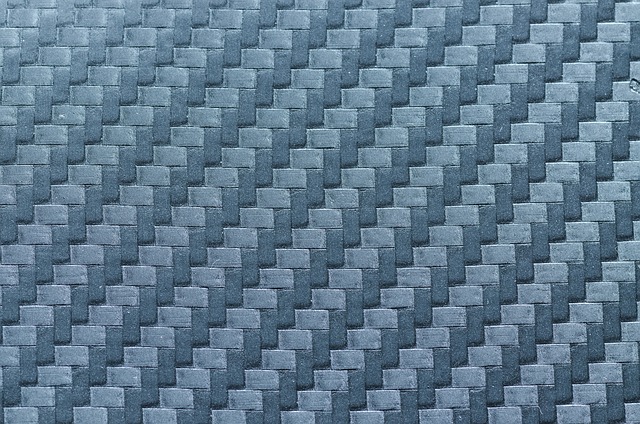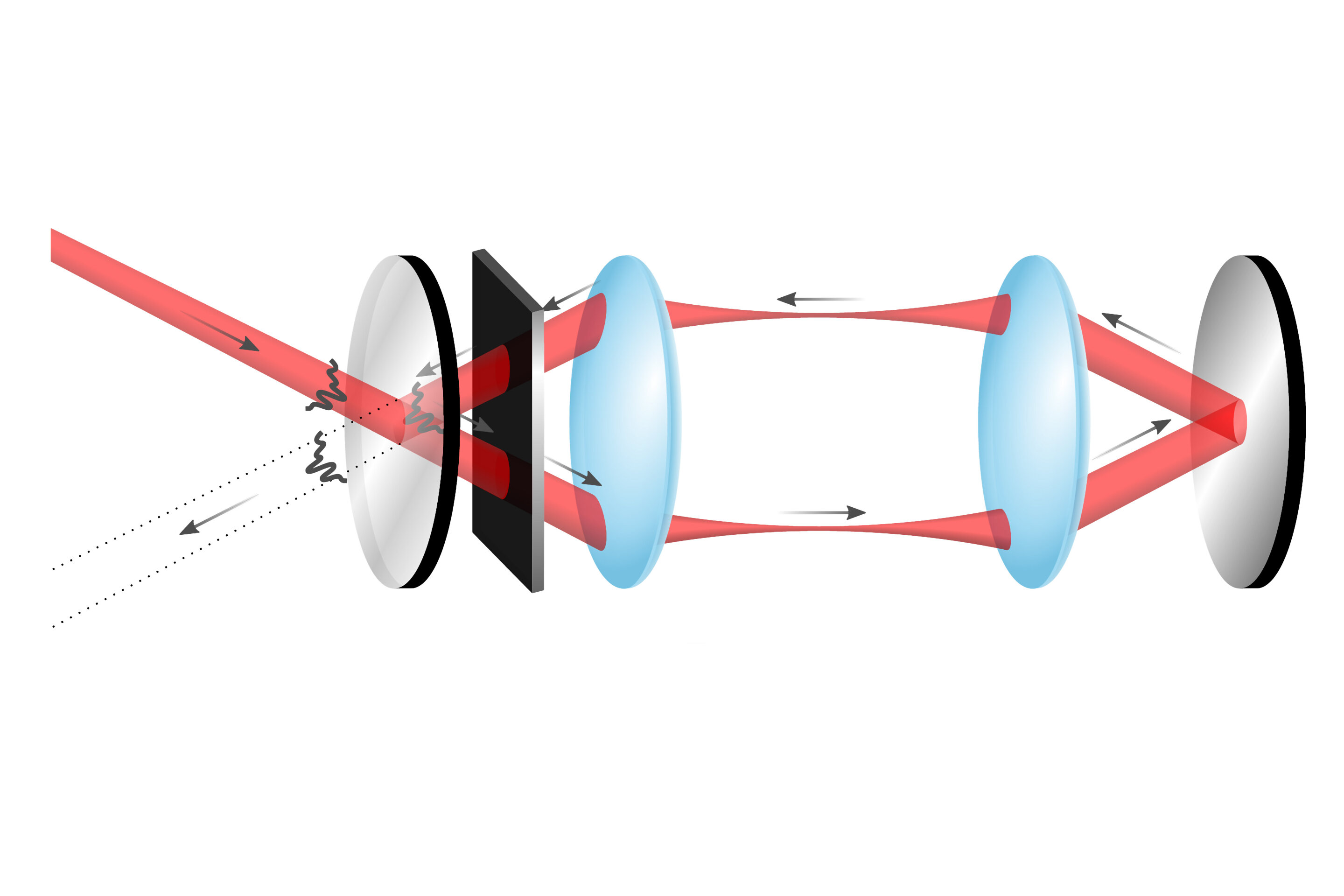Almost every high-tech product, from race yachts to planes and skis to prosthetics, uses composites. They represent the cutting-edge of technological progress. Composites nowadays are really just new-material manifestations of long-ago processes. Ancient peoples employed composite in conjunction with crude adhesives to join wood strips in alternate grain directions, creating sturdy wooden constructions. In the following article, we’ll go over the definition, characteristics, types, and uses of composite materials.
What Are Composite Materials?
To make a composite that is better suited to a certain purpose, it is common practice to combine two or more component materials with matrix materials. This results in a composite that is stronger and of greater quality. In a composite, the materials’ contrasting physical or chemical properties work to their advantage.
In the final product, each of the original components is still easily distinguishable. What distinguishes the final product as a composite from a mixture or solution is the process of material separation. For the sake of strength and longevity, the composite material is engineered and manufactured with a reinforced structure, which can include enhanced rigidity. It is common practice to layer the reinforcing materials in either a bidirectional or multidirectional fashion to accomplish this.
What Are Composite Materials Used For?
As a result of the advantages and improved characteristics of composite materials, their application is rapidly expanding across a wide variety of industries. This is especially true given that the costs and timelines associated with their usage are decreasing as the industry itself improves and new discoveries are produced. From the aerospace industry, where composites are used for aircraft structures such as wings and tail sections, to the automotive industry, where composites are used in components such as interior elements, to improve safety, increase strength, and reduce weight.
Types of Composite Materials
The list of composites that are used in manufacturing and construction is quite large; nonetheless, they can be classified into the following general categories:
Nanocomposites
Nanocomposites can be found in both natural and synthetic materials. The most common type is a nanomaterial combined with a polymer matrix, or silicon nanoparticles combined with steel. In addition, talc or calcium carbonate can strengthen and stiffen polymers in particular applications. Nanomaterial inclusion frequently improves the polymer matrix’s strength, stiffness, electrical conductivity, and thermal conductivity, among other properties. Natural nanocomposite materials include bone and shell. Producing nanoparticles is not always easy due to the possible risks to human health.
G10 Glass Epoxy Composite
G10, a composite material made of fiberglass and epoxy, is resistant to corrosion and has a long lifespan. Applications requiring excellent electrical and thermal isolation, low weight, minimal water absorption, and high chemical resistance are its most typical uses. Made from woven fiberglass cloth impregnated with epoxy resin, many find this premium G10 material their top option. The exceptional strength, and resistance to chemicals, heat, and UV radiation of epoxy make it a popular material. This is why you’ll commonly see it employed as a weapon accessory. Fiberglass, phenolic, and balsa wood are some examples of synthetic materials that are weaker than G10.
Hybrid Composite
Two or more types of reinforcing fibers can be combined to form a hybrid composite. Layups of glass and carbon fiber are possible here, either to increase impact resistance or for aesthetic purposes. Racquets for ball sports often use titanium strands or mesh to enhance bending and tensile performance. Problems arise when working with these materials because of compatibility concerns, which influence the material’s behavior (e.g., one fiber may attach to the matrix more effectively than the other). Verifying the practicality or usefulness of the hybrid matrix calls for extensive testing. Although they are just as useful as PMCs, their greater price tag limits their accessibility.
Carbon Fiber Reinforced Polymers
Epoxy- and polyester-bonded carbon fibers make up CFRPs, a subclass of polymer matrix composites. The most common kind of carbon fiber for hand lay-up is woven roving, which can have a variety of weave patterns to accommodate different loads and stresses. The flexible fabric is put up, compressed, baked to liquefy, and finally cured to produce a rigid, tough product because the fibers are pre-impregnated with thermally activated resins.
Future of Composites
New materials and production techniques are always emerging as a result of continuous research and development, expanding the capabilities of composites. Improving composite materials’ performance, longevity, and environmental friendliness are the primary goals. Research into nanocomposites with improved mechanical characteristics, the creation of composites from bio-based and recycled materials to lessen their environmental effect, and the incorporation of smart functions into composites to monitor their structural health are all examples of innovations in this field. The use of composites can and will be crucial in the future, which will be propelled by technological progress and the need for sustainability. With the rapid advancement of technology, the future of composites is filled with exciting possibilities. These materials can serve as structural elements for hydrogen or battery storage, and they can also open up new avenues for the renewable sector.
What Are Composite Materials Used For?
Because of their adaptability, strength, fatigue resistance, and lightweight nature, composites find several uses in the aerospace industry. The car industry can save a ton of money by using composites when they have bought the right equipment and made ready-to-use prototypes. Many of the criteria needed to satisfy industry legislation can be incorporated into their design, especially in relation to crash test performance and safety. Thermoplastics can absorb up to eight times more energy than steel, whereas thermoset composites can tolerate up to twice as much. Composites are more easily recyclable and have the advantage of being extremely lightweight, making them significantly more fuel-efficient.
Composite materials are a game-changer in a variety of industries, including landscaping and decking for outdoor use. Because of their exceptional qualities, including their high strength-to-weight ratio and longevity, they are an excellent option for a wide variety of applications. The advantages of composite materials in offering decking solutions that are long-lasting, elegant, and require little maintenance have been personally witnessed by professionals who specialize in outdoor decking. Continuous advancements promise even more interesting possibilities for composites in the future.






